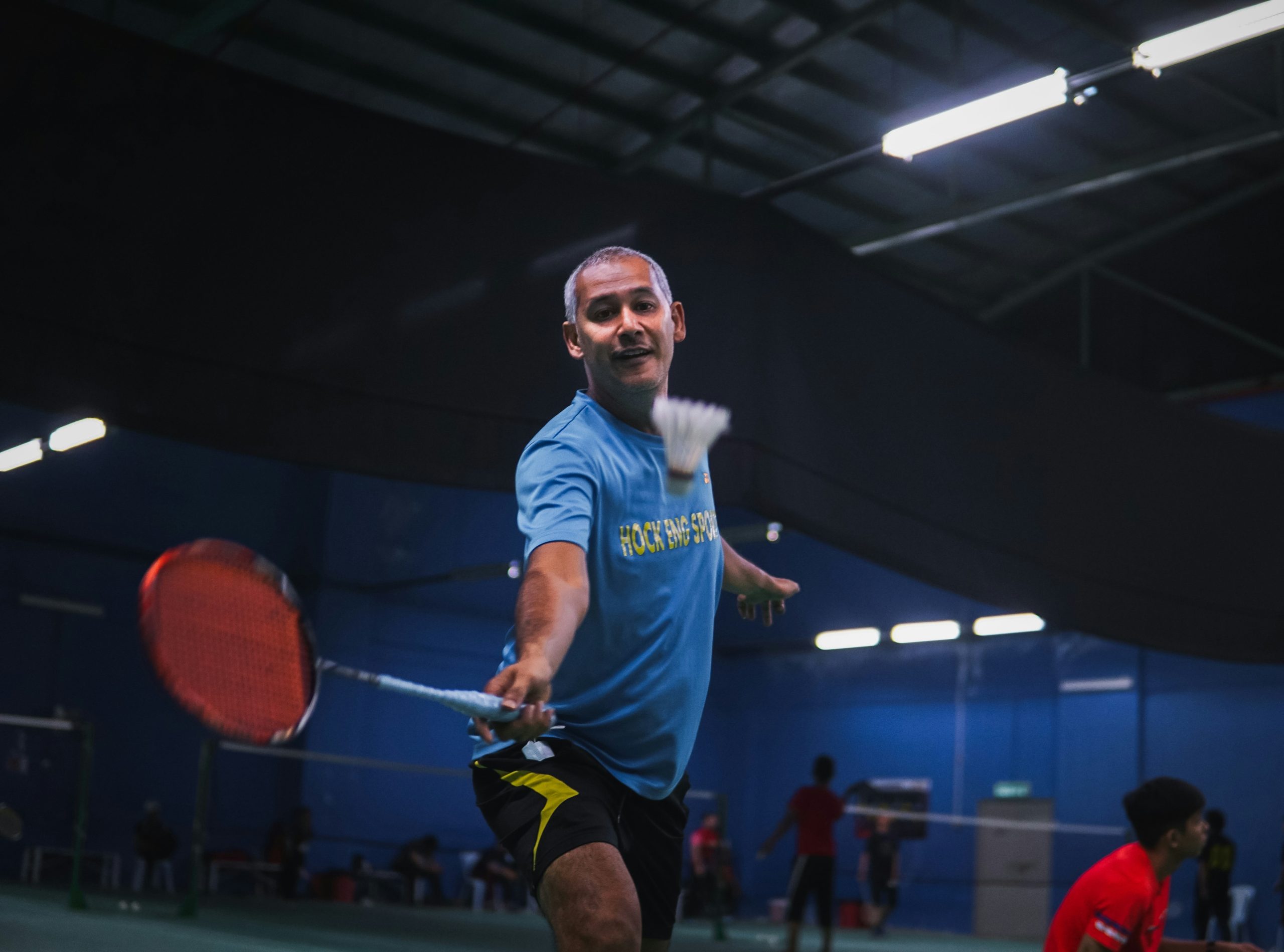
Strategies for Developing Resilient Athletes
The Importance of Resilience in Athletics
Athletic performance often hinges not only on physical prowess but also on mental fortitude. Resilience, the ability to bounce back from setbacks, is crucial for athletes to navigate the challenges inherent in competitive sports. It encompasses psychological toughness, adaptability, and a growth mindset.
Key Strategies for Building Resilience
1. Cultivate a Growth Mindset
Encouraging athletes to view challenges as opportunities for growth rather than as insurmountable obstacles is foundational to building resilience. This mindset shift enables athletes to embrace setbacks as learning experiences and motivators for improvement.
2. Foster Mental Toughness through Adversity Training
Expose athletes to controlled adversities in training sessions. This could include simulated high-pressure situations, intense physical drills, or scenarios that require quick decision-making. Gradually increasing the intensity helps athletes develop resilience under stress.
3. Promote Self-Regulation and Emotional Control
Teach athletes techniques such as mindfulness, deep breathing, and visualization to manage stress and regulate emotions during competitions. Self-awareness and emotional control are crucial for maintaining focus and composure in challenging situations.
4. Encourage a Supportive Team Environment
Building a cohesive team environment fosters a sense of belonging and support among athletes. Encourage camaraderie, empathy, and mutual respect within the team. Athletes who feel supported are more likely to rebound from setbacks and perform at their best.
5. Set Realistic Goals and Focus on Process-Oriented Success
Help athletes set specific, achievable goals that emphasize personal improvement rather than solely focusing on outcomes. Celebrate progress and effort, reinforcing the idea that success is a journey marked by continuous growth and development.
Case Studies and Examples
For instance, the basketball team at XYZ University implemented resilience training by incorporating mindfulness sessions into their weekly practice schedule. This initiative not only improved players’ ability to handle pressure during games but also enhanced overall team cohesion.
In another example, marathon runner Jane Doe overcame a career-threatening injury through a rigorous rehabilitation program that emphasized mental resilience training. By setting small, achievable milestones and focusing on the recovery process, Jane not only returned to competition but also achieved personal bests in subsequent races.
Conclusion
Developing resilience in athletes is a multifaceted process that requires deliberate training both on and off the field. By nurturing a growth mindset, promoting mental toughness, fostering a supportive team environment, and emphasizing process-oriented goals, coaches and sports psychologists can empower athletes to thrive in the face of adversity. These strategies not only enhance performance but also contribute to athletes’ overall well-being and long-term success in sports.



